Northern Ireland Tree of the Year shortlist revealed
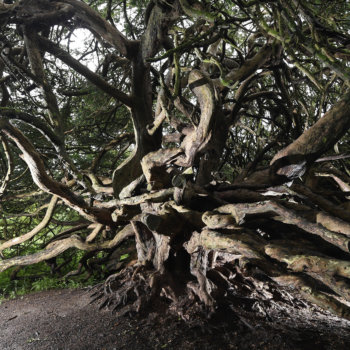
An invisible tree, and a pair of sibling Yews – are just two of six trees shortlisted by the Woodland Trust in the search for Northern Ireland’s Tree of the Year 2019.
12 September 2019
The Northern Ireland Tree of the Year competition aims to highlight and celebrate the country’s remarkable, yet unsung, trees. And members of the public are asked to play a part by simply voting for their favourite from the final shortlist.
Northern Ireland’s six shortlisted tree, chosen by an expert panel, are:
- The Nobbly Tree – Plantanus cunata at Brooke Park, Derry.
- The Big Oak – Quercus cerris at Hillsborough Castle, Hillsborough.
- The King Tree – Primary Veteran Horse Chestnut, Armagh.
- Crom Yews – English Yew at Crom Estate, Newtownbulter.
- The Invisible Tree – Sessile Oak, Rostrevor.
- Botanic’s Oriental Hornbeam: Hornbeam at Botanica Gardens, Belfast.
At the end of the voting period, tree with the most votes wins and with it comes a tree care award of £1,000 (€1,120). This could assist a health check from a specialist, educational materials, or a community event in celebration of the tree.
“We asked the pubic to nominate their best-loved trees; trees with stories; trees at the heart of communities, and we’re now delighted to reveal the final line-up of six.”, said Ian McCurley, director of the Woodland Trust in Northern Ireland.
McCurley continued: “The Woodland Trust wants to see better protection for ancient trees and woodland and this competition is just one way of putting our precious trees in the spotlight.
“Each of the six shortlisted trees is unique, with a story to tell. I have no doubt this will be a close-run competition, and that’s why it’s so important that each and every one of us takes the time to vote.”
The Woodland Trust’s Tree of the Year competition runs in Northern Ireland, England, Scotland, and Wales. Each country, thanks to the public vote, will have its own champion. One of the four winners will then be selected to represent the UK in the 2019 European Tree of the Year contest.
Read about the shortlisted trees below from those who nominated them and vote for your favourite tree here. Voting is now open and ends at noon on September 27.
Northern Ireland’s six shortlisted trees:
1. The Nobbly Tree – Plantanus cunata at Brooke Park, Derry. Baobob Plane, nominated by Colin Kennedy on behalf of Derry City and Strabane District Council.
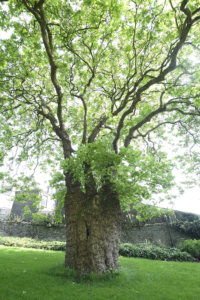
The Nobbly Tree of Brooke Park was gifted to the Gwyn & Young Charitable Institution from the Edinburgh Botanical Gardens in 1851. The institution was set up in the 1830s at the bequest of wealthy linen merchant John Gwyn, and then a later bequest from another merchant, Joseph Young.
They wanted their considerable fortunes to be used to care for the orphans and poor children of Derry. An area of parkland was purchased and a school building constructed, and some ten years later, this plane tree was planted. Over the years it developed its large, squat trunk, and its rough, nobbly bark. It’s possibly one of the fattest plane trees in Northern Ireland.
2. The Big Oak – Quercus cerris at Hillsborough Castle, Hillsborough. Turkey Oak, Quercus cerris, nominated by Hillsborough Historic Royal Palaces.
This majestic turkey oak stands just at the edge of the west lawn at Hillsborough Castle. It is one of few trees that dates from the building of the castle in the late 18th century. Now it frames the castle and provides welcome shade for our many visitors. It stands over 28 metres tall with a girth of over 180 centimetres.
Hillsborough Castle has been a grand family home and is now the official home of the Secretary of State for Northern Ireland, and a royal residence. The Queen stays at Hillsborough, as do other members of the Royal Family when visiting Northern Ireland.
Viewed by some as a politically neutral venue, Hillsborough has played an important role in the peace process in Northern Ireland since the 1980s.
3. The King Tree – Primary Veteran Horse Chestnut, Armagh. Primary Veteran Horse Chestnut, nominated by Karen Edgar on behalf of Armagh, Banbridge and Craigavon Council.
Elegant Georgian buildings surround the city’s magnificent oval tree-lined mall, which is characterised by colourful flowerbeds and numerous trees bordered by graceful terraces and historic buildings.
The king tree has been part of my life from birth. I was born in a Georgian House across the road from it and it has silently grown and watched over me all my life to-date. I called it the King Tree from childhood.
4. Crom Yews – English Yew at Crom Estate, Newtownbulter. English Yew Trees, nominated by the National Trust.
Close to the Old Castle ruins are Crom’s famous Yew Trees. They are inseparable siblings, one brother, one sister, planted together so that now, from the outside, they appear to be one huge dark green mass.
Within, branches sweep down and twist around, traces of training in the past now long abandoned. With a combined circumference of 115 metres and a diameter of 35 metres they are said to probably be the oldest trees in Northern Ireland.
One of the great O’Neills of the sixteenth century is believed to have said farewell to his lady love under the already mature Crom Yews.
5. The Invisible Tree – Sessile Oak, Rostrevor. Sessile oak, nominated by Rostrevor Action Respecting the Environment (RARE).
Where the Mountains of Mourne sweep down to the sea, a Sessile Oak Tree stands tall at the entry to one of Ireland’s last remaining ancient woodlands: Rostrevor Oakwood.
For generations the tree has greeted visitors to this magnificent woodland and provided a habitat for hundreds of species, including the welcome return of the red squirrel.
Sadly, the existence of this tree was erased in a survey and report supporting the construction of apartment blocks and an underground car park within a few metres of its roots and branches.
However, this attempt to make a life-supporting tree disappear has instead served to inspire locals and visitors from around the world to stand up and campaign against the removal of the Invisible Tree. News of this special tree has spread far and wide, with visitors from across the world expressing their support of the campaign.
6. Botanic’s Oriental Hornbeam – Hornbeam at Botanic Gardens, Belfast. Oriental Hornbeam nominated by Therese Kieran on behalf of Belfast City Council.
It is the subject random given to me for a writing project called 26 Trees, in partnership with TWT. I’d never seen a hornbeam before and to my surprise, found only two in Belfast’s Botanic Gardens.
Standing under the Oriental’s magnificent canopy, I felt an instant connection. It is so beautiful with its twists and curvy branches coming off its solid, bulged trunk.
I looked up and felt drawn in; there was something human in how she’d grown – up, out, and around – that is so impressive.



 Print
Print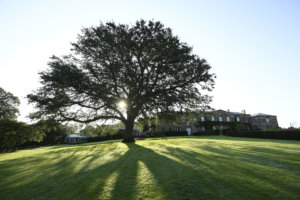
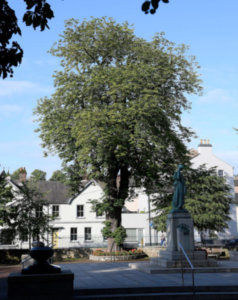
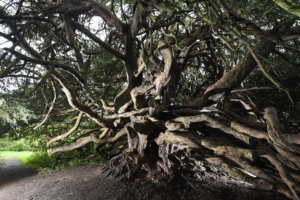
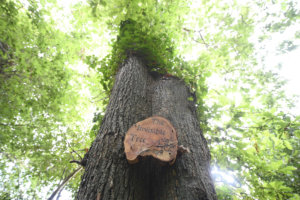
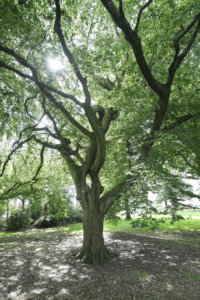






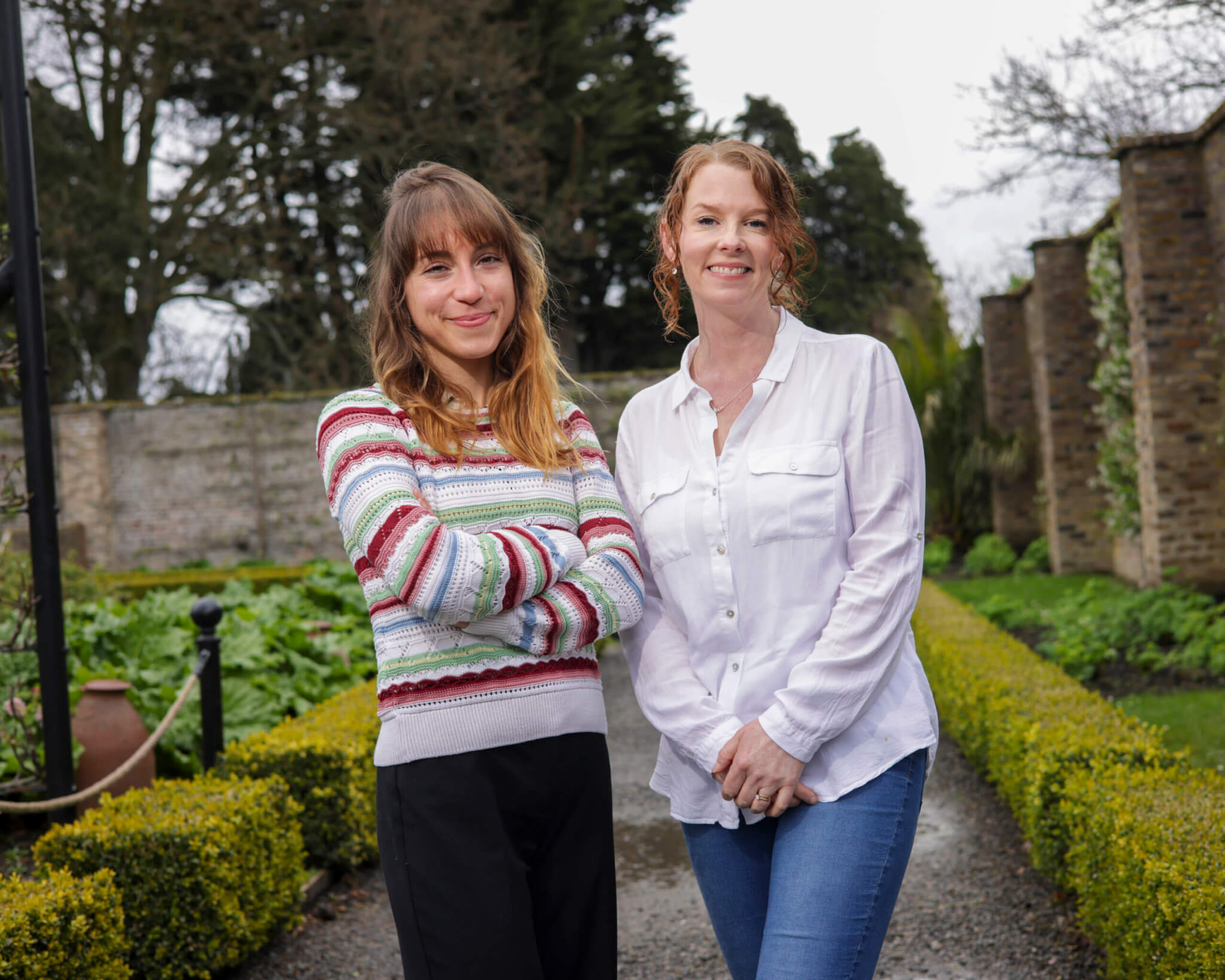

Fans 0
Followers